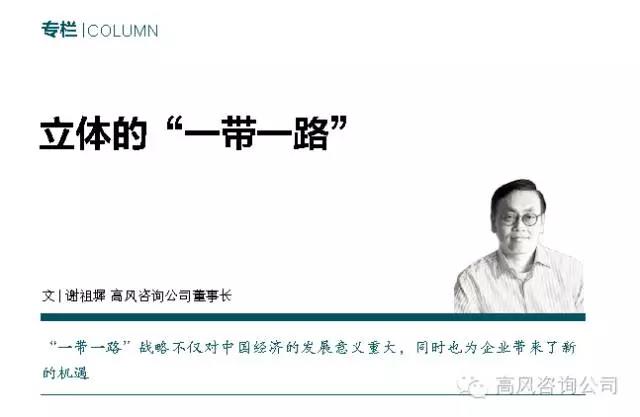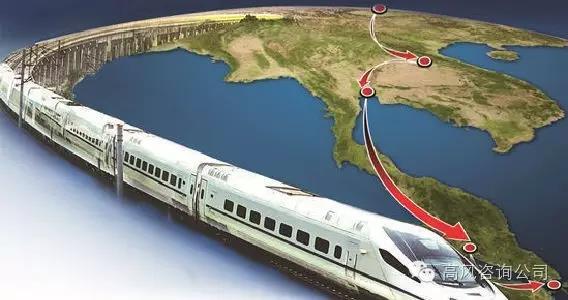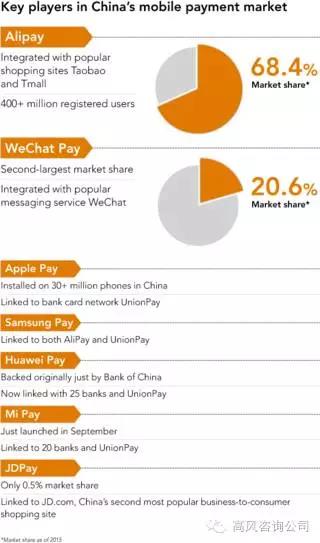
Hong Kong’s angry youth can find hope in innovation and entrepreneurship
Edward Tse says a chance of upward mobility through business may placate a young generation frustrated with the status quo, and they can learn from successful peers on the mainland
It is no understatement to say that, over the past several years, Hong Kong’s youth have displayed increasing frustration. Occupy Central, riots at Lunar New Year, campaigns against parallel goods traders, the Hong Kong independence initiative, along with the controversy over the Wang Chau housing plan, clearly reflect the frustrations of our young generation.
So, what’s behind this? There is probably no single reason, but rather a variety of political, social and economic factors.
Hong Kong’s young people today live in a city that is very different from the one their parents grew up in. Hong Kong in the 1970s and 1980s was tough, but the city was growing and there were plenty of opportunities for young people. There was potential for upward mobility and young people working hard could build a better life for themselves.
However, today’s youngsters have it pretty hard. Hong Kong’s economic structure has become much more narrow. There are still some good jobs available offering upward mobility, such as in the top-end financial services sector, but our youth do not have any distinctive edge over mainland or overseas competitors.
So, what is the best way for Hong Kong’s youth to find new opportunities for social mobility? I believe the answer lies in innovation and entrepreneurship.
Innovation is a process of creating substantial value through new ideas. These “new ideas” could come from existing concepts, tools or technologies. It is different from invention, which often refers to creating a product or introducing a process which is entirely new.
So, in business, it can take the form of product innovation, service innovation or business model innovation. Sometimes, the core of the innovation is due to the introduction of new technology; sometimes, it is simply enabled by existing technology; and, at other times, it can have no relationship to technology at all, simply a new way of doing things.
During the first dotcom era at the end of the 1990s, Hong Kong had a short period of pretty vibrant innovation and entrepreneurship. Quite a number of entrepreneurs emerged and some were able to create a mark for themselves. Unfortunately, those roots were not planted firmly enough.
When the dotcom bubble burst, Hong Kong’s wave of innovation and entrepreneurship vanished. The city’s economic structure reverted to being driven by property development, financial services, travel, tourism and retail and, in this process, the possibility of upward mobility for our youth faded.
Meanwhile, mainland China has thrived on innovation and entrepreneurship. Entrepreneurs are getting younger (many are post 80s or post 90s). They are not only in big cities like Beijing, Shenzhen or Shanghai, but also in Hangzhou (杭州), Chengdu (成都)and Chongqing (重庆). They are all over China.

From the end of the 1990s, the private sector in China has grown much faster than the state sector in terms of both overall revenue and profit. Many of the noteworthy entrepreneurial companies are in the internet sector, but there are also many in non-internet-centric technology areas, financial services, connected mobility, retail and health care. While some of these thrive on technology innovation, many derive their growth from business model innovations.
There are a number of reasons why China has become a major breeding ground for business innovation. The years behind the gradual transition from a planned to a market economy has created many discontinuities, exposing society’s “pain points” and thus providing many opportunities for observant entrepreneurs. The prevalence of technology, especially wireless internet, has acted as a major enabler. Coupled with that is the massive market allowing business innovation to rapidly scale up; and last, but not least, capital is abundant through well-funded venture capital and angel investors.
For Hong Kong’s youth, mainland China can provide real opportunities for entrepreneurial pursuits for those who are willing to see it in this way. Increasingly, the mainland is putting more value on knowledge and the environment is tolerant of multiple trials and errors. In terms of intrinsics, Hong Kong’s youth are not so different from those on the mainland. China’s operating environment for businesses has many flaws but those who make it are those who can achieve things in spite of these imperfections. Hong Kong’s youth just need to try. In fact, the mainland can become the platform for Hong Kong youth to become the world’s best in their own chosen area of focus.

There are cases of Hongkongers making it in China, such as Martin Lau Chi-ping, president of Tencent, and Victor Koo Wing-cheung, founder of popular video hosting service Youku.
Today, exponential value creation increasingly comes from entrepreneurs’ command of knowledge. Of course, there will still be people who can create wealth in other ways, both on the mainland and in Hong Kong. However, as technology and other factors drive down artificial barriers, knowledge is becoming more prevalent in value creation. And, innovation and entrepreneurship are merely the means to capturing and leveraging knowledge.
Hong Kong’s youth must focus on capturing knowledge, and use it for innovation and entrepreneurship to create value. Entrepreneurship is by definition difficult. Only a very small percentage will succeed. However, that small percentage could capture significant value and can become role models.
The Hong Kong government’s creation of the Innovation and Technology Bureau is a good move. It allows a top-down approach of driving innovation and entrepreneurship. However, this isn’t enough. Success requires a partnership between the public and private sector, as well as collaboration between Hong Kong and the mainland. Shenzhen and neighbouring cities in Guangdong, given their proximity to Hong Kong, would make the most natural partners.
For this to take off, it only needs a few successful cases of Hong Kong youth making it big, serving as role models for the next generation of entrepreneurs. This multiplier effect can lead to significant upward mobility for Hong Kong’s youth and is a way for them to truly take back the initiative for their future.
Edward Tse is founder and CEO of Gao Feng Advisory Company, a global strategy and management consulting firm with roots in Greater China. He is the author of China’s Disruptors






